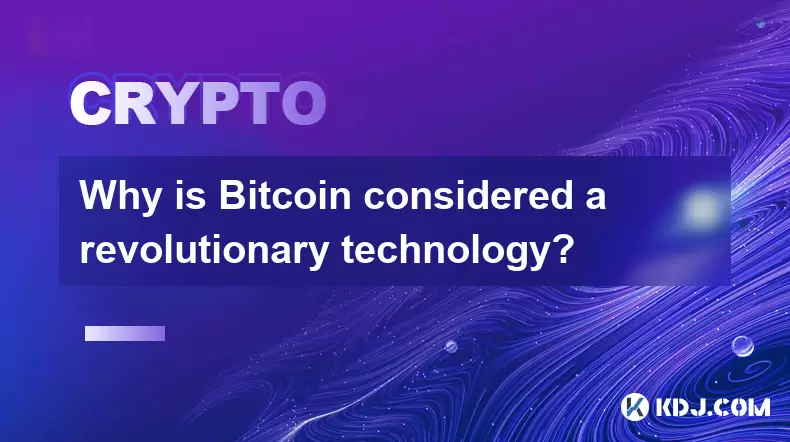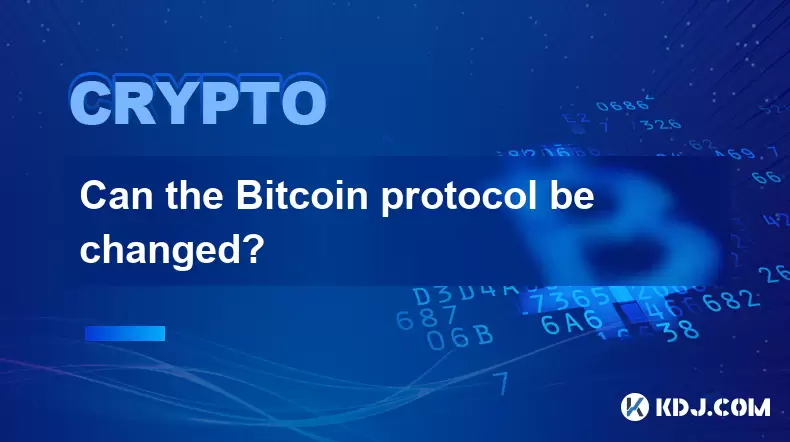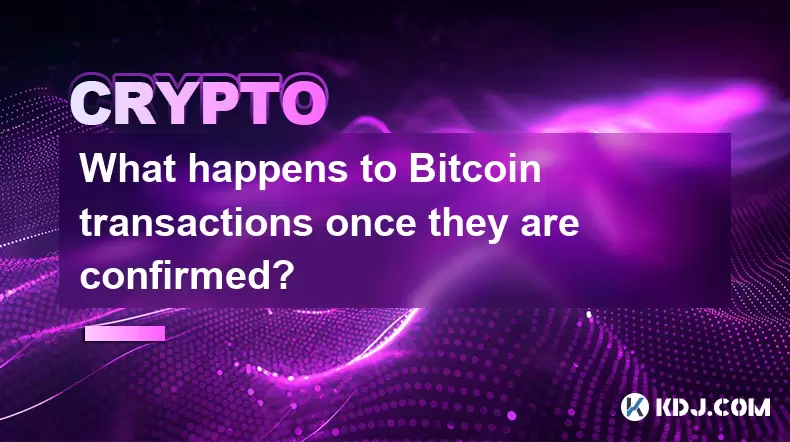-
 Bitcoin
Bitcoin $119300
2.40% -
 Ethereum
Ethereum $4254
-0.20% -
 XRP
XRP $3.184
-1.38% -
 Tether USDt
Tether USDt $1.000
0.00% -
 BNB
BNB $803.9
0.58% -
 Solana
Solana $183.1
1.50% -
 USDC
USDC $0.0000
0.01% -
 Dogecoin
Dogecoin $0.2339
-2.87% -
 TRON
TRON $0.3384
0.88% -
 Cardano
Cardano $0.8018
-0.29% -
 Hyperliquid
Hyperliquid $45.13
3.14% -
 Chainlink
Chainlink $22.10
0.96% -
 Stellar
Stellar $0.4439
-0.94% -
 Sui
Sui $3.875
-0.73% -
 Bitcoin Cash
Bitcoin Cash $570.7
0.24% -
 Hedera
Hedera $0.2589
-2.90% -
 Ethena USDe
Ethena USDe $1.001
-0.01% -
 Avalanche
Avalanche $23.83
-1.73% -
 Litecoin
Litecoin $123.8
2.61% -
 Toncoin
Toncoin $3.351
-1.13% -
 UNUS SED LEO
UNUS SED LEO $9.103
1.13% -
 Shiba Inu
Shiba Inu $0.00001356
-1.40% -
 Uniswap
Uniswap $10.93
-0.19% -
 Polkadot
Polkadot $4.057
-1.97% -
 Dai
Dai $1.000
0.01% -
 Cronos
Cronos $0.1646
4.66% -
 Ethena
Ethena $0.7974
8.11% -
 Pepe
Pepe $0.00001208
-2.89% -
 Bitget Token
Bitget Token $4.445
-1.70% -
 Monero
Monero $268.8
-2.00%
What is Bitcoin's underlying technology? Detailed explanation of blockchain
Blockchain, Bitcoin's tech, is a secure, decentralized ledger of transactions across computers, ensuring data integrity and revolutionizing finance and beyond.
May 31, 2025 at 06:08 am

Bitcoin's underlying technology is the blockchain, a revolutionary system that has transformed the world of cryptocurrencies and beyond. At its core, blockchain is a decentralized and distributed digital ledger used to record transactions across numerous computers. This technology ensures that once data is recorded, it cannot be altered retroactively without the alteration of all subsequent blocks and the consensus of the network. This article will delve into the intricacies of blockchain, providing a comprehensive understanding of how it works and why it is pivotal to Bitcoin and other cryptocurrencies.
What is Blockchain?
Blockchain is essentially a chain of blocks, where each block contains a list of transactions. These transactions are secured and verified using cryptography, making the system highly secure and resistant to fraud. The decentralized nature of blockchain means that it is not controlled by any single entity, such as a bank or government, which is a significant departure from traditional financial systems. Instead, the ledger is maintained by a network of computers, known as nodes, which work together to validate and record transactions.
How Does Blockchain Work?
The operation of a blockchain involves several key components and processes. When a user initiates a transaction, it is broadcast to the network of nodes. These nodes then work to validate the transaction using complex algorithms. Once validated, the transaction is grouped with others into a block. Each block contains a unique code called a hash, as well as the hash of the previous block, creating a chain of blocks. This chain ensures the integrity of the data, as any change in a block would require recalculating all subsequent hashes, which is practically impossible given the distributed nature of the network.
The Role of Miners in Blockchain
In the context of Bitcoin, miners play a crucial role in maintaining the blockchain. Miners are individuals or groups who use powerful computers to solve complex mathematical problems. When a miner successfully solves a problem, they are rewarded with newly minted bitcoins and transaction fees. This process, known as proof of work, not only adds new blocks to the blockchain but also secures the network by making it computationally expensive to alter past transactions. Miners, therefore, serve as the backbone of the Bitcoin network, ensuring its security and integrity.
Consensus Mechanisms
The blockchain relies on consensus mechanisms to ensure that all nodes agree on the state of the ledger. In Bitcoin's case, the primary consensus mechanism is proof of work, as mentioned earlier. However, other cryptocurrencies may use different mechanisms, such as proof of stake, where validators are chosen based on the number of coins they hold and are willing to "stake" as collateral. These mechanisms are crucial for maintaining the decentralized nature of the blockchain and preventing any single entity from controlling the network.
Security and Immutability
One of the most significant advantages of blockchain technology is its security and immutability. Once a transaction is recorded on the blockchain, it is extremely difficult to alter. This is because any change would require consensus from the majority of the network, which is nearly impossible to achieve maliciously. Additionally, the use of cryptography ensures that transactions are secure and that the identities of the parties involved remain anonymous. This combination of security features makes blockchain an ideal solution for recording sensitive financial data.
Applications Beyond Bitcoin
While blockchain is most commonly associated with Bitcoin, its applications extend far beyond cryptocurrencies. Various industries, including finance, healthcare, and supply chain management, are exploring the use of blockchain to improve efficiency and security. For example, in finance, blockchain can be used to create smart contracts, which are self-executing contracts with the terms directly written into code. These contracts can automate processes, reduce the need for intermediaries, and increase transparency. In supply chain management, blockchain can be used to track the movement of goods from production to delivery, ensuring authenticity and reducing the risk of fraud.
The Structure of a Blockchain
To understand the structure of a blockchain, it is helpful to break it down into its constituent parts. Each block in the chain contains several elements:
- Block Header: This includes metadata such as the block's version, the hash of the previous block, the timestamp, and the merkle root, which is a hash of all the transactions in the block.
- Transaction Data: This is the list of transactions that the block contains. Each transaction includes details such as the sender's and recipient's public keys, the amount transferred, and a digital signature to verify the authenticity of the transaction.
- Nonce: This is a random number used in the mining process to generate a valid hash for the block. Miners adjust the nonce until they find a hash that meets the network's difficulty criteria.
The Process of Adding a New Block
Adding a new block to the blockchain involves several steps:
- Transaction Broadcasting: When a user initiates a transaction, it is broadcast to the network of nodes.
- Transaction Verification: Nodes verify the transaction by checking the digital signatures and ensuring that the sender has the necessary funds.
- Block Creation: Once verified, the transaction is grouped with others into a block. Miners then compete to solve a cryptographic puzzle to add the block to the chain.
- Block Validation: Once a miner solves the puzzle, the new block is broadcast to the network. Other nodes verify the block's validity by checking the hashes and the proof of work.
- Block Addition: If the block is deemed valid, it is added to the blockchain, and the miner is rewarded with bitcoins and transaction fees.
The Importance of Decentralization
Decentralization is a fundamental aspect of blockchain technology. By distributing the ledger across a network of computers, blockchain eliminates the need for a central authority. This not only increases security but also enhances transparency and reduces the risk of corruption. In a decentralized system, no single entity can control or manipulate the data, ensuring that the ledger remains accurate and trustworthy.
Frequently Asked Questions
Q: Can blockchain be used for purposes other than financial transactions?
A: Yes, blockchain technology has numerous applications beyond financial transactions. It can be used in areas such as supply chain management, healthcare, voting systems, and identity verification. The decentralized and secure nature of blockchain makes it suitable for any application requiring a tamper-proof and transparent record-keeping system.
Q: How does blockchain ensure privacy while maintaining transparency?
A: Blockchain ensures privacy through the use of cryptographic techniques. While all transactions are recorded on the public ledger, the identities of the parties involved are protected by public and private keys. This means that while the transaction details are transparent, the personal information of the users remains private.
Q: What are the potential drawbacks of using blockchain technology?
A: Despite its many benefits, blockchain technology has some potential drawbacks. These include high energy consumption due to the mining process, scalability issues as the number of transactions increases, and the complexity of integrating blockchain into existing systems. Additionally, the irreversible nature of blockchain transactions can be a disadvantage in certain scenarios where errors need to be corrected.
Q: How does the concept of a '51% attack' relate to blockchain security?
A: A '51% attack' occurs when a single entity gains control of more than half of the network's mining power. This allows the attacker to control the blockchain, potentially double-spending coins or preventing new transactions from being confirmed. However, executing a 51% attack is extremely difficult and costly, making it a rare occurrence in well-established blockchain networks like Bitcoin.
Disclaimer:info@kdj.com
The information provided is not trading advice. kdj.com does not assume any responsibility for any investments made based on the information provided in this article. Cryptocurrencies are highly volatile and it is highly recommended that you invest with caution after thorough research!
If you believe that the content used on this website infringes your copyright, please contact us immediately (info@kdj.com) and we will delete it promptly.
- Bitcoin FilmFest 2026: Warsaw's Unexpected Crypto-Cinema Blockbuster
- 2025-08-11 14:30:12
- MultiBank Group's Record Results and the Rise of the MBG Token: A New Era in Finance?
- 2025-08-11 14:30:12
- Dogecoin, Toncoin, and Cold Wallet: Navigating Crypto's Latest Waves
- 2025-08-11 12:30:11
- Ethereum's Resilience: Short Liquidations and Key Support Levels
- 2025-08-11 12:50:12
- Bitcoin Price Rockets Towards $121,000: What's Fueling the BTC Surge?
- 2025-08-11 13:10:12
- Bitcoin's Open Interest Surges 45%: Is $150K Next?
- 2025-08-11 13:30:12
Related knowledge

Why is Bitcoin considered a revolutionary technology?
Aug 10,2025 at 07:42pm
Decentralized Architecture and Trustless TransactionsBitcoin is considered revolutionary because it introduced a decentralized architecture that opera...

What are the key features of Bitcoin?
Aug 10,2025 at 02:50am
Decentralization and Peer-to-Peer NetworkOne of the most defining characteristics of Bitcoin is its decentralized nature. Unlike traditional financial...

Can the Bitcoin protocol be changed?
Aug 07,2025 at 01:16pm
Understanding the Bitcoin ProtocolThe Bitcoin protocol is the foundational set of rules that govern how the Bitcoin network operates. It defines every...

Can the Bitcoin protocol be changed?
Aug 11,2025 at 01:01am
Understanding the Bitcoin Protocol StructureThe Bitcoin protocol is the foundational set of rules that govern how the Bitcoin network operates. These ...

What happens to Bitcoin transactions once they are confirmed?
Aug 09,2025 at 05:22am
Understanding Bitcoin Transaction ConfirmationWhen a Bitcoin transaction is initiated, it is broadcast to the network and placed in a pool of unconfir...

How are Bitcoin transactions verified?
Aug 08,2025 at 06:57am
Understanding Bitcoin Transaction VerificationBitcoin transactions are verified through a decentralized network of nodes and miners that ensure the le...

Why is Bitcoin considered a revolutionary technology?
Aug 10,2025 at 07:42pm
Decentralized Architecture and Trustless TransactionsBitcoin is considered revolutionary because it introduced a decentralized architecture that opera...

What are the key features of Bitcoin?
Aug 10,2025 at 02:50am
Decentralization and Peer-to-Peer NetworkOne of the most defining characteristics of Bitcoin is its decentralized nature. Unlike traditional financial...

Can the Bitcoin protocol be changed?
Aug 07,2025 at 01:16pm
Understanding the Bitcoin ProtocolThe Bitcoin protocol is the foundational set of rules that govern how the Bitcoin network operates. It defines every...

Can the Bitcoin protocol be changed?
Aug 11,2025 at 01:01am
Understanding the Bitcoin Protocol StructureThe Bitcoin protocol is the foundational set of rules that govern how the Bitcoin network operates. These ...

What happens to Bitcoin transactions once they are confirmed?
Aug 09,2025 at 05:22am
Understanding Bitcoin Transaction ConfirmationWhen a Bitcoin transaction is initiated, it is broadcast to the network and placed in a pool of unconfir...

How are Bitcoin transactions verified?
Aug 08,2025 at 06:57am
Understanding Bitcoin Transaction VerificationBitcoin transactions are verified through a decentralized network of nodes and miners that ensure the le...
See all articles

























































































